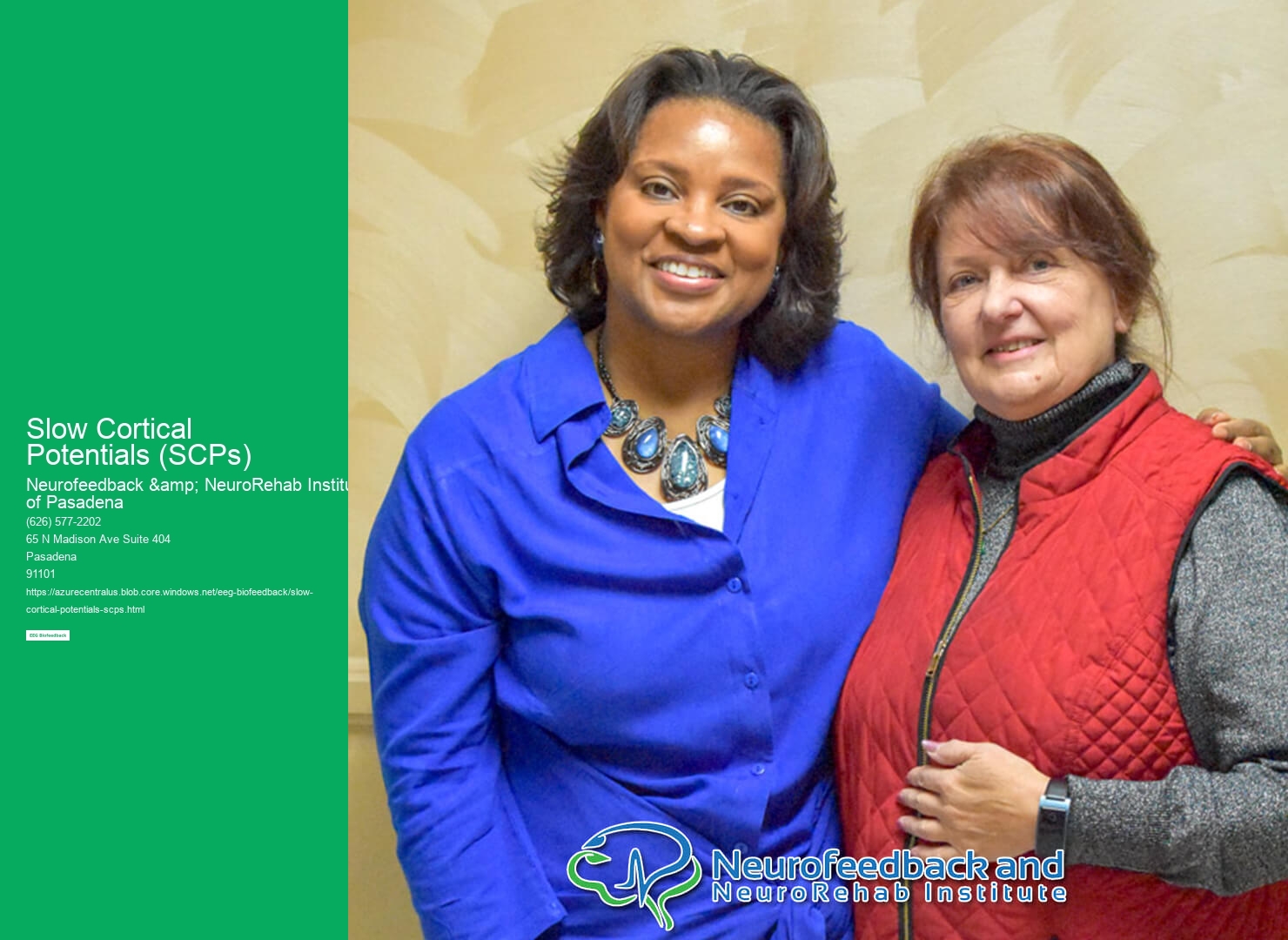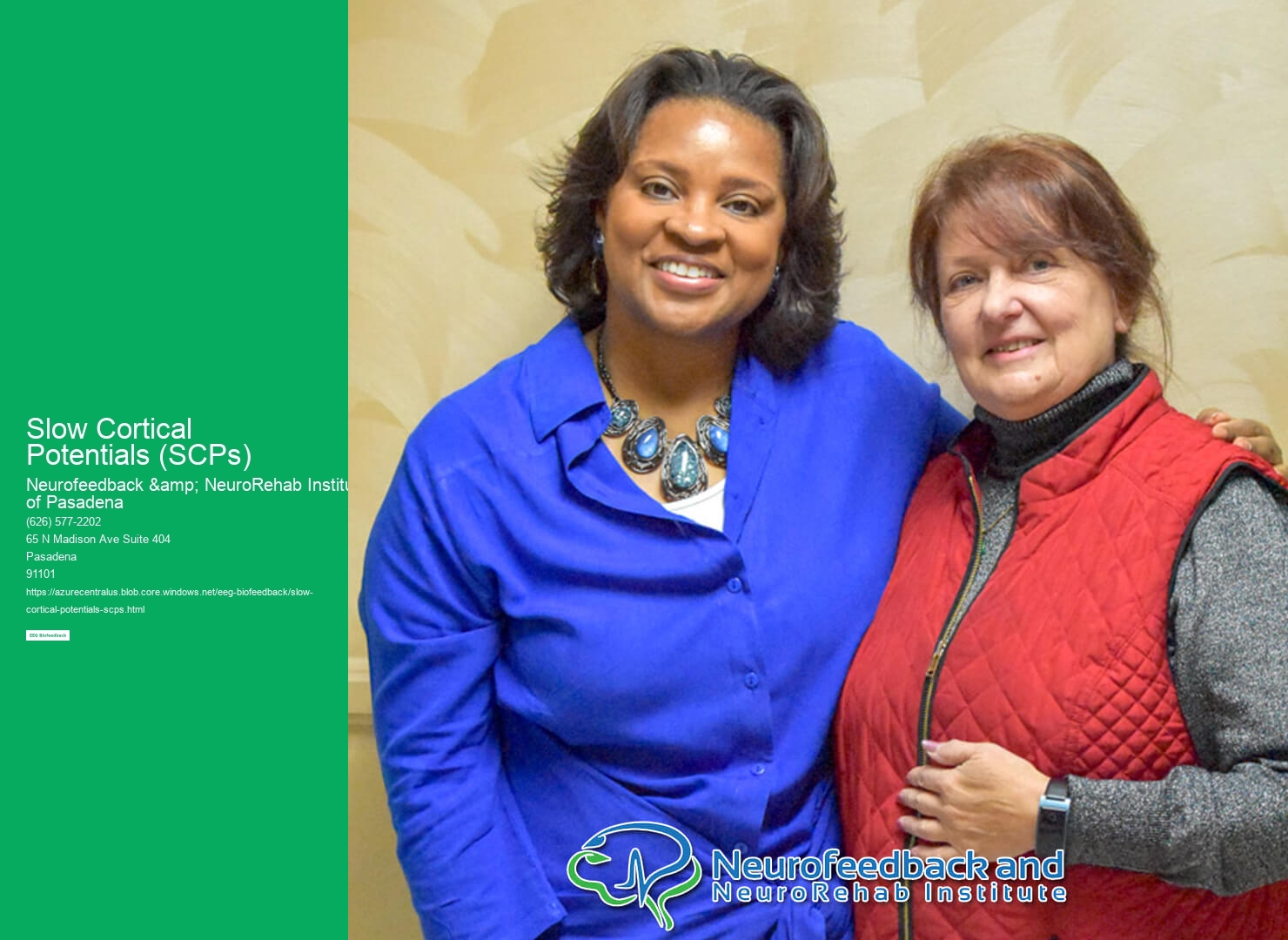

Slow cortical potentials (SCPs) are a type of brain potential that reflect slow changes in the electrical activity of the cerebral cortex. Unlike other types of brain potentials, such as event-related potentials (ERPs) that occur in response to specific stimuli, SCPs are not time-locked to a particular event. Instead, they represent ongoing cortical activity and can last for several seconds or even minutes. SCPs are typically measured using electroencephalography (EEG) and are characterized by their low frequency range, typically below 1 Hz. They are thought to reflect the modulation of cortical excitability and are believed to play a role in various cognitive processes.
Slow cortical potentials are generated by the collective activity of large populations of neurons in the cerebral cortex. The exact mechanisms underlying their generation are not fully understood, but it is believed that they are influenced by a variety of factors. For example, the amplitude and duration of SCPs can be influenced by factors such as attention, arousal, and task demands. Additionally, factors such as age, medication, and neurological disorders can also affect the characteristics of SCPs. Understanding the factors that influence SCPs is important for interpreting their meaning and potential clinical applications.
Slow cortical potentials have been implicated in various cognitive processes, including attention, learning, and memory. Research has shown that SCPs can be modulated by attentional processes, with increased SCP amplitudes observed during focused attention and decreased amplitudes during divided attention. SCPs have also been found to be involved in learning and memory processes, with studies showing that SCP amplitudes can change as a result of learning new information or retrieving stored memories. These findings suggest that SCPs play a role in the neural mechanisms underlying cognitive processes.

Slow cortical potentials have shown promise as potential biomarkers for neurological disorders and cognitive impairments. Studies have found differences in SCP characteristics between individuals with conditions such as epilepsy, attention deficit hyperactivity disorder (ADHD), and Alzheimer's disease compared to healthy controls. These differences suggest that SCPs could be used as objective measures to aid in the diagnosis and monitoring of these conditions. However, further research is needed to establish the reliability and validity of SCPs as biomarkers and to determine their specific utility in different clinical populations.
Slow cortical potentials have been explored for therapeutic applications, particularly in the field of neurofeedback training and brain-computer interfaces (BCIs). Neurofeedback training involves providing individuals with real-time feedback about their SCPs and teaching them to modulate their brain activity to achieve desired states. This approach has been used to treat conditions such as ADHD, epilepsy, and anxiety disorders. BCIs, on the other hand, use SCPs as a means of communication between the brain and external devices, allowing individuals to control external devices using their brain activity. These applications highlight the potential of SCPs in enhancing cognitive abilities and improving quality of life.


Researchers measure and analyze slow cortical potentials using electroencephalography (EEG). EEG involves placing electrodes on the scalp to detect and record the electrical activity of the brain. SCPs are typically analyzed by extracting the relevant frequency range (below 1 Hz) from the EEG signal and applying various signal processing techniques to quantify the amplitude and duration of the SCPs. Advanced analysis methods, such as time-frequency analysis and source localization, can also be used to investigate the spatial and temporal characteristics of SCPs.
The study of slow cortical potentials faces several challenges and limitations. One challenge is the variability in SCP characteristics across individuals, making it difficult to establish normative values and interpret individual differences. Additionally, the precise neural mechanisms underlying SCP generation are still not fully understood, limiting our understanding of their functional significance. Furthermore, the use of SCPs as biomarkers or in therapeutic applications requires further validation and standardization. Future research directions in this field include investigating the relationship between SCPs and other brain measures, such as functional magnetic resonance imaging (fMRI), and exploring the potential of SCPs in personalized medicine and cognitive enhancement.

Alpha-theta training is a key component of EEG biofeedback, also known as neurofeedback, which is a non-invasive technique used to train individuals to self-regulate their brain activity. Alpha-theta training specifically focuses on enhancing the alpha and theta brainwave frequencies. Alpha waves are associated with a relaxed and calm state of mind, while theta waves are linked to deep relaxation and creativity. By training individuals to increase alpha and theta activity, alpha-theta training aims to promote a state of deep relaxation and enhance creativity. This type of training has been found to be particularly effective in treating conditions such as anxiety, depression, and post-traumatic stress disorder (PTSD). Additionally, alpha-theta training has been used to improve performance in athletes and musicians, as it can enhance focus, concentration, and overall mental well-being. Overall, alpha-theta training plays a crucial role in EEG biofeedback by helping individuals achieve a state of optimal brain functioning and emotional balance.
The determination of the frequency band of interest in EEG biofeedback for specific goals is a crucial step in the process. This is typically achieved through a comprehensive assessment of the individual's brainwave patterns and specific objectives. The assessment involves analyzing the power spectrum of the EEG signal and identifying the frequency bands that are most relevant to the desired outcomes. Factors such as the individual's baseline brainwave activity, the specific goals of the biofeedback training, and the targeted brain regions are taken into consideration. Additionally, the practitioner may also consider the individual's age, gender, and any existing neurological conditions. By carefully considering these factors and utilizing specialized software and equipment, the frequency band of interest can be determined with precision, allowing for a tailored and effective EEG biofeedback training program.
During EEG biofeedback, there are several challenges and potential side effects that may arise. One challenge is the difficulty in achieving a consistent and reliable signal from the brain. This can be due to factors such as movement artifacts, poor electrode placement, or interference from external sources. Another challenge is the potential for discomfort or irritation at the site of electrode placement, which can cause skin irritation or redness. Additionally, some individuals may experience temporary side effects such as headaches, dizziness, or fatigue during or after a session of EEG biofeedback. It is important for practitioners to closely monitor and adjust the treatment parameters to minimize these challenges and side effects, ensuring a safe and effective biofeedback experience for the individual.
The frequency of EEG biofeedback sessions can have a significant impact on the rate of progress. Research has shown that more frequent sessions, such as multiple sessions per week, can lead to faster and more substantial improvements in various areas, including attention, cognitive function, and emotional regulation. This is because the brain is highly adaptable and responds well to consistent and repetitive training. By increasing the frequency of sessions, individuals are able to reinforce and strengthen the desired brainwave patterns more effectively. Additionally, frequent sessions allow for more opportunities to practice and refine the skills learned during the biofeedback training, leading to greater mastery and long-term benefits. It is important to note that the optimal frequency of sessions may vary depending on the individual's specific needs and goals, and it is recommended to consult with a qualified professional to determine the most appropriate schedule.
EEG biofeedback, also known as neurofeedback, plays a significant role in enhancing attention and focus. By utilizing advanced technology, EEG biofeedback measures and provides real-time feedback on brainwave activity. This feedback allows individuals to become more aware of their brain's functioning and learn to self-regulate their attention and focus. Through repeated sessions, individuals can train their brains to produce desired brainwave patterns associated with improved attention and focus. This process involves strengthening neural connections and increasing the brain's ability to sustain attention and resist distractions. Moreover, EEG biofeedback can help individuals identify and address underlying issues that may be affecting their attention and focus, such as anxiety or sleep disorders. Overall, EEG biofeedback offers a personalized and effective approach to improving attention and focus by harnessing the brain's neuroplasticity and promoting self-regulation.
EEG biofeedback, also known as neurofeedback, can be used as both a standalone intervention and in combination with other therapies. It is a non-invasive technique that measures brainwave activity and provides real-time feedback to individuals, allowing them to learn how to self-regulate their brain function. While EEG biofeedback can be effective on its own for certain conditions such as attention deficit hyperactivity disorder (ADHD) and anxiety, it is often used as an adjunct therapy alongside other treatments. This is because combining EEG biofeedback with other therapies, such as cognitive-behavioral therapy (CBT) or medication, can enhance the overall effectiveness of treatment and provide more comprehensive support for individuals. The decision to use EEG biofeedback as a standalone intervention or in combination with other therapies depends on the specific needs and goals of the individual receiving treatment, as well as the recommendations of their healthcare provider.
Peak alpha frequency neurofeedback is a cutting-edge technique that has shown promise in optimizing cognitive function. By targeting the peak frequency of alpha brain waves, which are associated with a relaxed and focused state of mind, this form of neurofeedback aims to enhance cognitive abilities such as attention, memory, and problem-solving. Through a process of training and reinforcement, individuals can learn to increase their peak alpha frequency, leading to improved cognitive performance. This technique has been found to be particularly effective in individuals with conditions such as ADHD and mild cognitive impairment. Furthermore, research suggests that peak alpha frequency neurofeedback may also have potential applications in enhancing cognitive function in healthy individuals, making it a promising tool for cognitive optimization.